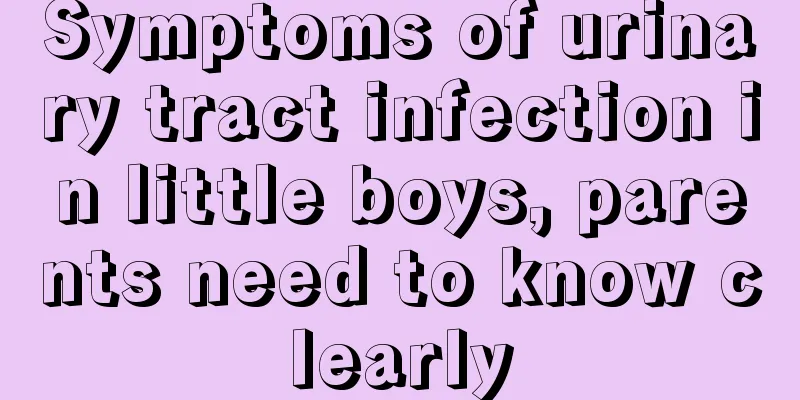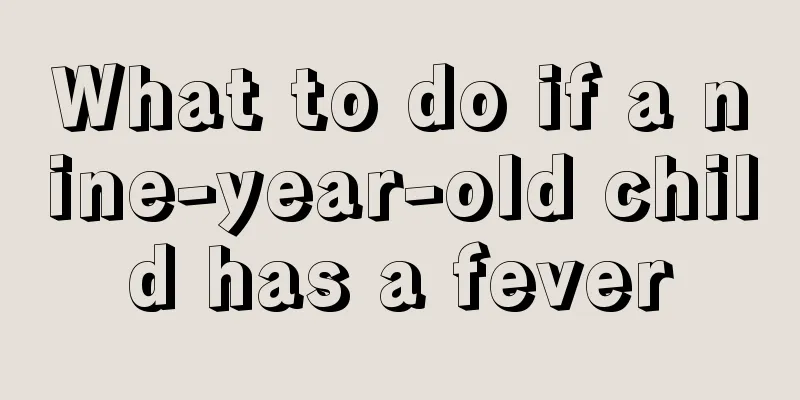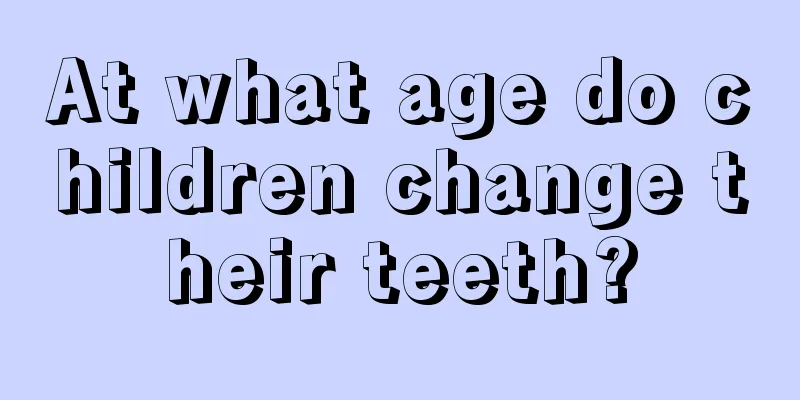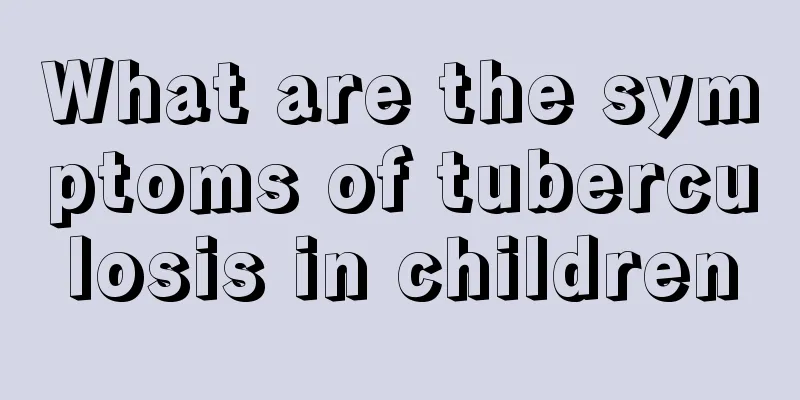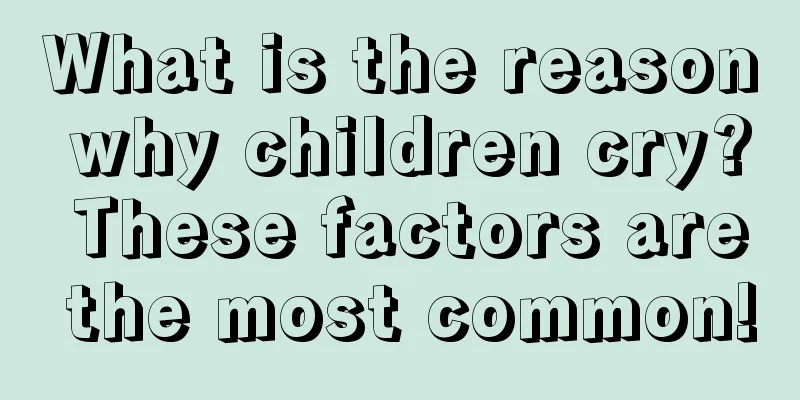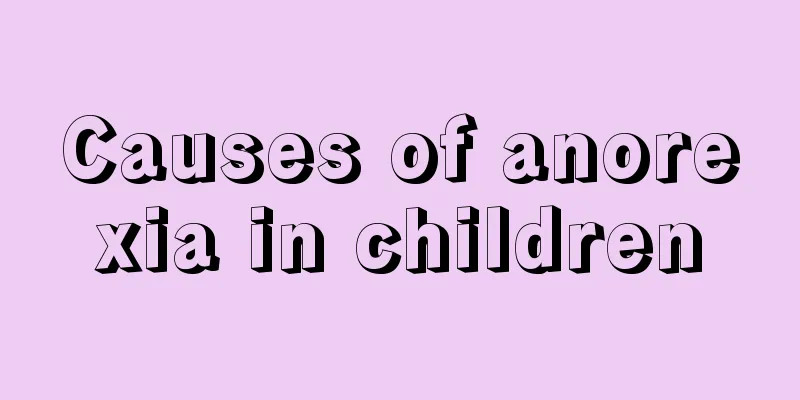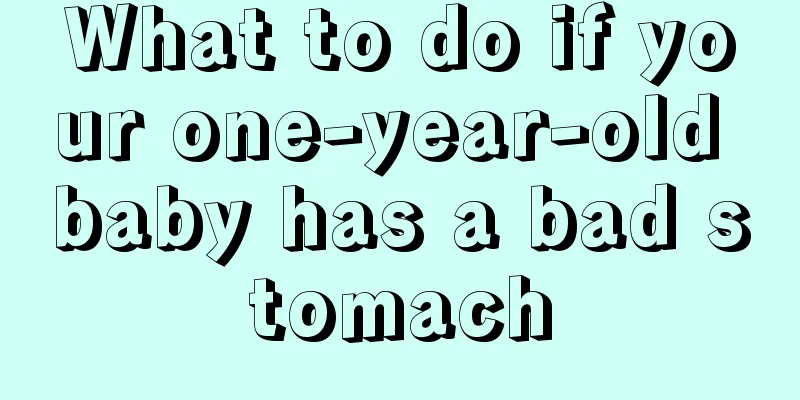What is the matter with the blue veins on the child's face

|
Blue veins on a child's face are a bad sign for many people. In the eyes of the elderly, if a child has blue veins on his face, it means that the child is prone to illness. Many elderly people think that it is difficult to raise a child with blue veins on his face. In fact, this has its origins. If a child has blue veins on his face, it always makes adults worry that the child's body is caused by illness. So what is the matter with the blue veins on the child's face? In fact, although the blue veins that appear on the faces of infants and young children are not a sign of impending disaster, they are somewhat related to disease. In ancient times, there were no advanced examination methods, and doctors relied on observation, smell, questioning and palpation to diagnose diseases. For babies who can't speak. Observation is particularly important, and the blue veins on the face are a very important observation item. The ancients believed that babies with visible blue veins on their faces after birth were usually weak and susceptible to various diseases, such as convulsions, coughs, anorexia, and worm diseases (parasitic diseases). With the development of the times, high-tech instruments such as X-ray and CT have played a better role in disease diagnosis. Many subjective and ambiguous diagnostic methods, including "inspection of the blue veins at the bridge of the nose", are gradually being forgotten. However, in recent years, we have conducted more systematic research on the blue veins on the bridge of the nose and found some interesting phenomena. It seems that the blue veins on the face are somewhat related to respiratory diseases. Therefore, we set our next research target on children with respiratory diseases. We conducted long-term observations on children who are prone to repeated colds and children with asthma, and found that a high proportion of these children, about 60%, had blue veins on their faces. Among them, the incidence of blue veins at the root of the nose in children with asthma reached 70%. We examined the immune function of these children and found that those with blue veins had significantly low immune function. In traditional Chinese medicine diagnosis, the appearance of blue veins generally indicates "blood stasis" in the body. Sure enough, we found that the platelet aggregation function (a laboratory test that can reflect blood stasis syndrome) of the "blue vein baby" was obviously abnormal. Other tests also confirmed it. "Blue vein baby" does have symptoms of blood stasis. If you find blue veins on your child's face, then these are the reasons. The blue veins on your child's face are sometimes a sign of a disease, so you must deal with it in time, take care of your child's body, let your child eat more nutritious food, and let your child exercise more during this period. Only in this way can you speed up your body and improve your child's physical fitness. |
<<: How to treat children's teeth grinding when sleeping?
>>: What should I do if my child does not defecate?
Recommend
Symptoms of urinary tract infection in baby girls
Female babies often suffer from urinary tract inf...
Children will die if they get this disease. Parents should wake up.
Although medical conditions are getting better an...
Can children eat Houttuynia?
Houttuynia cordata can effectively help our femal...
What should I do if my baby’s toenails grow into the flesh?
For adults, both their body organs and skin tissu...
One-year-old baby's brain development
The intellectual development of a one-year-old ba...
Is it OK for a baby to walk too early?
After people give birth to a child, more attentio...
What are the clinical manifestations of ADHD in children?
Children's naughty, active, moody, irritable ...
What is the reason for the green stool of a two-month-old baby?
Metabolism is a physiological characteristic of h...
What to do if your child is slow to respond
In life, we often hear many parents say that thei...
How to treat chapped lips in children?
In autumn, due to the dry weather, many children ...
How to deal with children's teeth not growing
Children are the apple of their parents' eyes...
What kind of diapers are good to introduce
Some parents are very concerned about their child...
Can a one-year-old baby eat longan?
For babies who are already one year old, they can...
There are some clever ways for parents to deal with children's cough
There are some clever ways for parents to deal wi...
What causes inflammation in babies?
As babies grow, many of their organs are not full...
